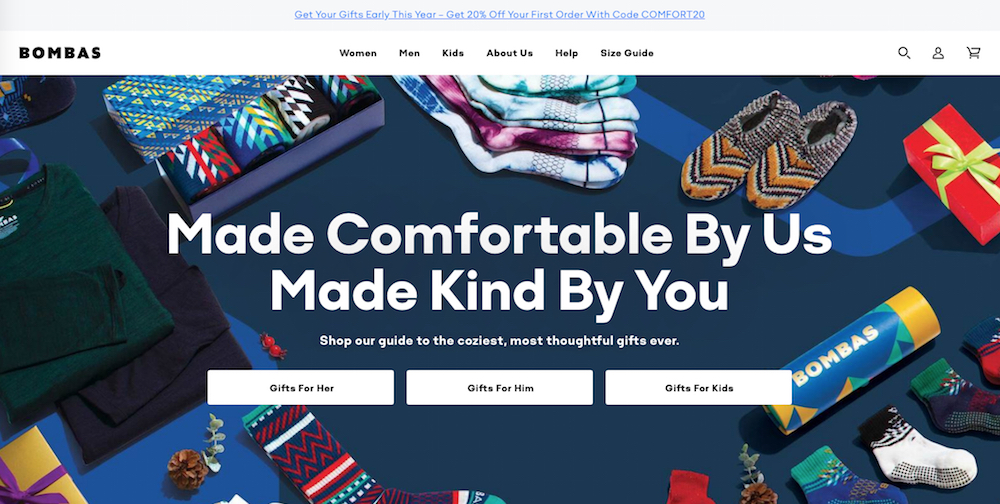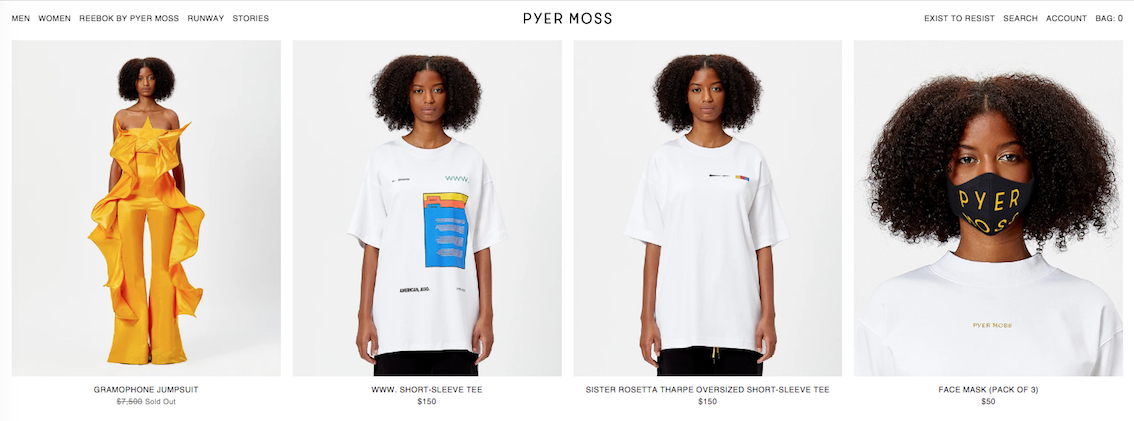How the Holidays (Like Everything Else) Are Different for Retailers This Year

The Spanish poet Antonio Machado famously wrote, “We make the road by walking.” Little did we know at the start of 2020, how well his words would describe this year for retailers. Merchants have had to get flexible and innovative like never before, and now we’re diving into the busiest season of the year: the holidays. Just like the past several months, the final sprint of 2020 will break away from the traditional routines of business. This is sure to be a different holiday shopping season, so let’s help you prepare for it now.
1) The Holiday Shopping Season Has Already Started
The biggest change to the holiday season is that it’s been extended – by a lot.
Consider this: As of Election Day, November 3rd, 2020, millions of Americans already voted. Across the nation, states saw record turnout for early voting. Given that customers, like voters, want to stay healthy during a pandemic, retailers need to plan on early shopping. Traditionally, Black Friday/Cyber Monday (BFCM) was the official kickoff of the holiday season. But like everything else in 2020, this year is different.
Take Bombas, the popular sock company, for example. As of the last week in October, they are promoting holiday gift guides on their site landing page. (They’re also encouraging a discount for people to buy earlier – more on this in a bit.)
Keep in mind that many shoppers won’t be as inclined as usual to do last-minute shopping. They probably won’t dash into a physical store on Christmas Eve this year. As a result, a lot of people are making their holiday gift plans now. Once retailers acknowledge this, it sets new plans in motion for both the marketing and operations sides of your business.

2) For Operations: Build Extra Room into Your Shipping Schedule
One of the main reasons retailers need to plan for an early holiday season is to accommodate shipping needs. As ecommerce has surged this year, shipping companies have struggled to meet the new level of demand. Stores have already been communicating shipping delays to customers for some time now. The holiday season is typically the busiest shopping season of the year, and this year, it’s crucial to fold the possibility of longer shipping times into your delivery calendar. In the words of the New York Times, merchants need to plan for ‘Shipageddon.’
Additionally, as reported in Retail Dive, “A recent forecast by Salesforce predicts the number of packages shipped via traditional mail providers will exceed capacity by 5% between the week before Cyber Week going through Boxing Day (Dec. 26).” If this prediction holds true, it means a lot of gifts will not arrive by a specific date within that window. Keep in mind, too, that UPS, FedEx, and the U.S. Postal Service all announced increased shipping fees during peak holiday times.
To ensure that you don’t disappoint your customers, the first step is to get very clear about the timing of your delivery process. Outline it – and then build some extra days into it. Also, set your customer expectations clearly. It’s one thing to tell people their gift will arrive in 7-10 days. It’s another thing entirely to say 7 days and have it arrive in 10 days. Generally-speaking, people can work with timeline variations, they just need to have accurate information upfront.

3) For Marketing: Incentivize Holiday Shoppers to Buy Now Rather Than Later
As noted, retailers have shipping challenges ahead. The best way to reduce stress on the shipping system is to spread out deliveries over as much time as possible. Now is the time to encourage visitors to buy from your store sooner rather than later.
For instance, perhaps you always have a big sales event in the first week of December. This is the year to move it back by two or three weeks. Also, for apparel retailers, think about offering marketing services like virtual styling several weeks before the holidays. For stores on Shopify Plus, there are many ways you can automate marketing incentives to your most loyal customer base. The bottom line: As much as retailers can distribute business over the weeks leading up to the holidays, the better off you’ll be.
Now let’s imagine that your customers are not adjusting their shopping behavior, and your online store experiences a surge of traffic in the week for Christmas. Rather than simply communicating that gifts will no longer be delivered in time for Christmas, consider offering an incentive for purchases that arrive at a later date. Everyone has had to get flexible in ways we never imagined during 2020. People may very well be receptive to sending a late gift, especially if the purchase comes with a discount.
Also retail experts predict there will be more “shopping for me” this holiday season, as people treat themselves to soften the blow of fewer gatherings and less travel. These purchases can likely be delivered on a longer timeline than other gifts.
The key thing to integrate into your business now is that the holidays are already here. We don’t say that to panic anyone; on the contrary, recognizing the elongated holiday season will save you from panic on Christmas Eve. Once retailers acknowledge that the timing of the holidays is different this year, you can plan your shipping and marketing strategies in this updated reality. Then you’re in a better position to maintain the tradition of the holidays as the top selling season of the year.
